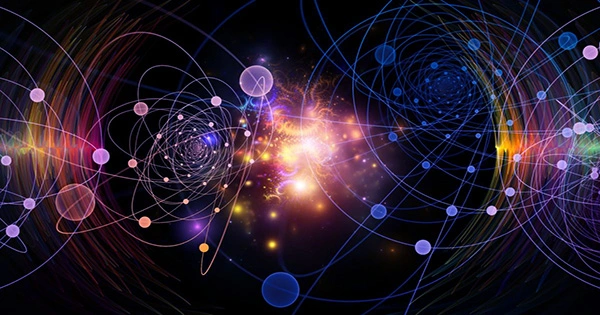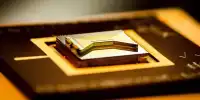Many occurrences that are difficult, if not impossible, to detect in practice have been predicted by quantum theory. The Unruh effect is a particularly difficult example, as it would take longer than the duration of the universe to express itself in simple tests. However, a group of scientists claims that this process might possibly be sped up to a few hours.
They’re now figuring out how to put the plan into action, with the hopes of catching a thermal glow that will prove one of our theories about the universe’s fundamental principles. Accelerating objects are supposed to be immersed in a “thermal bath” of electromagnetic radiation due to the Unruh (or Fulling-Davies-Unruh) effect.
Passengers who were not squished by the strong g forces would see a warm glow around them if a spaceship could fast reach light speed. It’s a counterpart to the Hawking radiation emitted by black holes, as expected, and witnessing one would help prove the other. The challenge for experimenters is that the amount of radiation produced in most cases is so little that it is virtually undetected.
However, researchers observe in Physical Review Letters that you may enhance the Unruh effect by speeding your item while it is exposed to electromagnetic radiation. Although this light would ordinarily cause additional effects, making the Unruh radiation undetected once again, they claim to have discovered a method around this. There are no actual vacuums, according to quantum theory, since pairs of subatomic virtual particles are continually flickering into being before almost instantly annihilating each other. According to Unruh’s hypothesis, as things with mass accelerate, they magnify these quantum fluctuations, warming themselves and generating a thermal glow that others should be able to perceive.
However, most accelerations aren’t large enough to generate anything observable, and even with all the power a particle accelerator can conjure, we’re unlikely to see anything. Every photon of light travelling through a vacuum, on the other hand, increases the density of quantum fluctuations, increasing the chances that an accelerated particle may experience the Unruh effect. An atom, on the other hand, may absorb the light used to produce Unruh radiation, increasing its energy level to the point where it can overpower anything so delicate. Light can have three different “resonant impacts” on an atom. Observing the effect is like to trying to detect a planet based on its star’s reflected light.
Extra starlight brightens the planet, but it also makes it difficult to see in the glare of the star. Barbara Soda, a PhD student at the University of Waterloo, claims that it is feasible to render the atom opaque to the light so that it cannot absorb any photons, similar to how astronomers conceal stars to allow us to view their planets. This would prevent the Unruh radiation from being obscured by the absorption. This is known as acceleration-induced transparency, according to Soda and co-authors.
The authors conclude that we can acquire the Unruh effect without absorption if the accelerating object’s path through a field of photons is correct. “We show that we can effectively switch off [the resonant] effects by designing the particle’s route,” Soda said in a release. Dr. Vivishek Sudhir of MIT is working on creating a feasible experiment to test the theory by shooting electrons at near-light speeds via a microwave laser at the right angle.
Sudhir explained, “Now we have this technique that appears to statistically magnify this impact via stimulation.” “Given the problem’s 40-year history, we’ve now theoretically addressed the main bottleneck.” The Unruh effect has been blamed for the unexpected acceleration of several spacecraft as they sailed by Earth, although there are other theories. If the Unruh effect is the root of the problem, it will disclose a real-world influence that we may be able to control.















